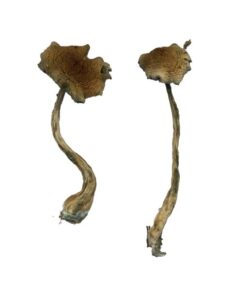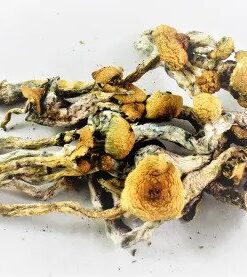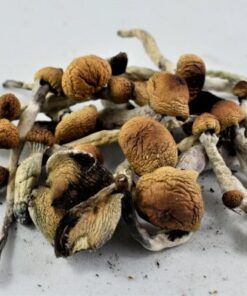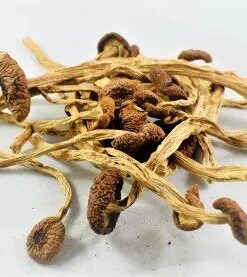What you need to know about Psilocybin mushrooms
Psilocybin mushrooms, commonly known as magic mushrooms or shrooms, are a polyphyletic informal group of fungi that contain psilocybin, which turns into psilocin upon ingestion. Biological genera containing psilocybin mushrooms include Psilocybe, Panaeolus (including Copelandia), Inocybe, Pluteus, Gymnopilus, and Pholiotina.
Amongst other cultural applications, psilocybin mushrooms are used as recreational drugs. They may be depicted in Stone Age rock art in Africa and Europe, but are more certainly represented in pre-Columbian sculptures and glyphs seen throughout the Americas.
History about Psilocybin mushrooms
Psilocybin mushrooms have been[when?] and continue to be used in Mexican and Central American cultures in religious, divinatory, or spiritual contexts.
Early

Rock art from c. 9000–7000 BCE from Tassili, Algeria, is believed to depict psychedelic mushrooms and the transformation of the user under their influence. Prehistoric rock art near Villar del Humo in Spain suggests that Psilocybe hispanica was used in religious rituals 6,000 years ago. The hallucinogenic species of the Psilocybe genus have a history of use among the native peoples of Mesoamerica for religious communion, divination, and healing, from pre-Columbian times to the present day. Mushroom stones and motifs have been found in Guatemala. A statuette dating from c. 200 CE depicting a mushroom strongly resembling Psilocybe mexicana was found in the west Mexican state of Colima in a shaft and chamber tomb. A Psilocybe species known to the Aztecs as teōnanācatl (literally “divine mushroom”: the agglutinative form of teōtl (god, sacred) and nanācatl (mushroom) in Nahuatl language) was reportedly served at the coronation of the Aztec ruler Moctezuma II in 1502. Aztecs and Mazatecs referred to psilocybin mushrooms as genius mushrooms, divinatory mushrooms, and wondrous mushrooms when translated into English. Bernardino de Sahagún reported the ritualistic use of teonanácatl by the Aztecs when he traveled to Central America after the expedition of Hernán Cortés. Read More
PSILOCYBIN MUSHROOM
PSILOCYBIN MUSHROOM
PSILOCYBIN MUSHROOM
PSILOCYBIN MUSHROOM
PSILOCYBIN MUSHROOM
PSILOCYBIN MUSHROOM
PSILOCYBIN MUSHROOM
PSILOCYBIN MUSHROOM
PSILOCYBIN MUSHROOM
PSILOCYBIN MUSHROOM
PSILOCYBIN MUSHROOM
PSILOCYBIN MUSHROOM


















